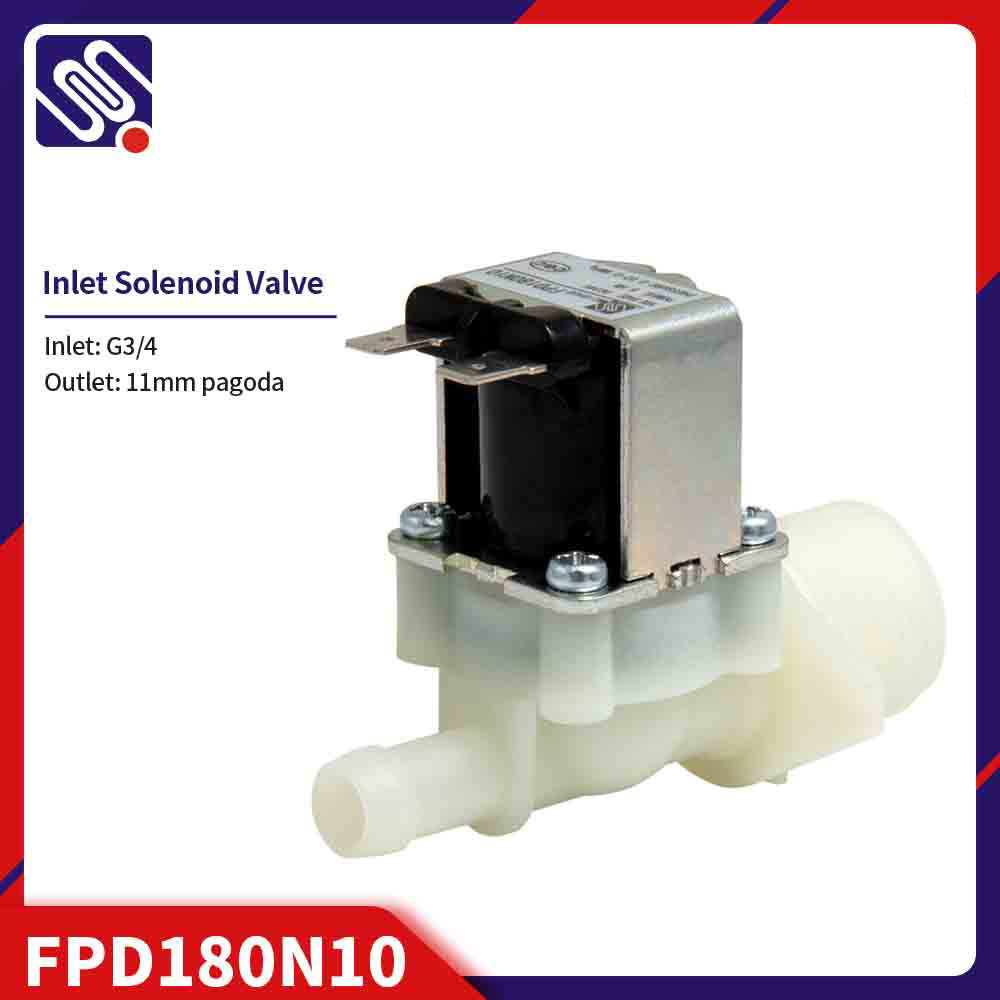Solenoid valves for liquid control have become an indispensable component in various industrial, commercial, and residential applications due to their efficiency, precision, and automation capabilities. These valves use electrical energy to regulate the flow of liquids through pipes and channels, offering significant advantages over traditional mechanical valves. In this article, we explore the working principles, types, applications, and benefits of solenoid valves for liquid control.

Working Principle A solenoid valve operates based on the principles of electromagnetism. It consists of a coil of wire (the solenoid) that, when energized, creates a magnetic field. This magnetic field actuates a plunger or diaphragm, which either opens or closes the valve, thereby controlling the flow of liquid. The action of opening and closing the valve is instantaneous, making solenoid valves highly responsive to electrical signals. There are two main configurations for solenoid valves: Normally Open (NO) and Normally Closed (NC). In a Normally Open valve, the valve is open when no electrical current is applied, and it closes when the current flows through the coil. Conversely, a Normally Closed valve is closed when the coil is not energized and opens when the solenoid is activated.